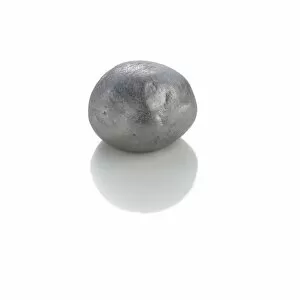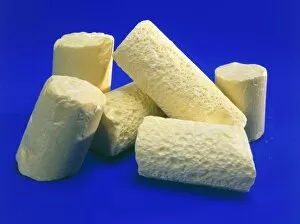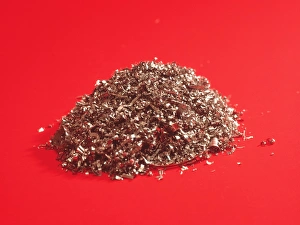Elemental Collection (page 6)
"Elemental: Unveiling the Mysteries of Nature's Building Blocks" Dmitri Mendeleev, the visionary behind the standard periodic table
All Professionally Made to Order for Quick Shipping
"Elemental: Unveiling the Mysteries of Nature's Building Blocks" Dmitri Mendeleev, the visionary behind the standard periodic table, revolutionized our understanding of elements. His caricature-like genius brought order to chaos as he arranged element types in a logical sequence. From gold with black sands shimmering in a pan to its lustrous presence, this precious metal has captivated humanity for centuries. Its allure is undeniable. Samarium, an often overlooked element, holds secrets within its atomic structure. Like brushstrokes on canvas, it paints vivid portraits of discovery and scientific exploration. "In the Waves, " an oil masterpiece by an unknown artist from 1889, captures the untamed beauty of La Push in Washington state. Here, nature showcases her elemental power through crashing waves and rugged cliffs. In "Air, Rail and Water, " a study created in 1937 using gouache over pencil on paper laid down on panel; we witness mankind's mastery over these essential elements of transportation. A testament to human ingenuity and progress. A coastal landscape painted in 1903 transports us to serene shores where earth meets water. The harmony between land and sea reminds us of our interconnectedness with nature's elemental forces. Stained glass artistry reveals itself through "O Ye Green Things, " a Benedicite Window detail crafted around 1895. It celebrates life-giving elements like sunlight filtering through leaves - a reminder that even small things hold great significance. Ms Fr 135 Fol. 285 presents Earth's four elements intertwined with the twelve signs of the zodiac - a symbolic representation connecting celestial bodies with earthly foundations. This ancient manuscript invites contemplation about our place within this grand cosmic design. Through these glimpses into various aspects existence – from scientific breakthroughs to artistic expressions – we are reminded that everything around us is composed of fundamental building blocks waiting to be discovered or appreciated anew.


























